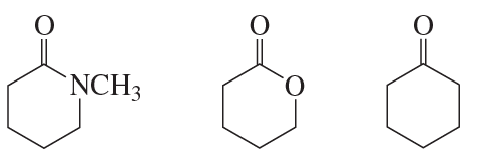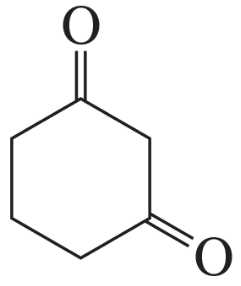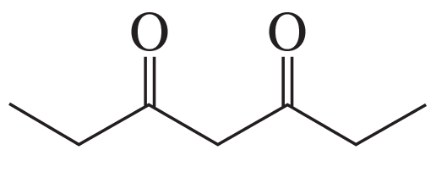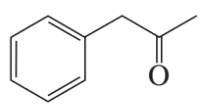 Back
BackProblem 2a
Give an example for each of the following:
a. a β-keto nitrile
Problem 2b
Give an example for each of the following:
b. a β-diester
Problem 2c
Give an example for each of the following:
c. a β-keto aldehyde
Problem 3
Explain why a base can remove a proton from the α-carbon of N,N-dimethylethanamide but not from the α-carbon of either N-methylethanamide or ethanamide.
Problem 4
Explain why the -hydrogen of an N,N-disubstituted amide is less acidic (pKa = 30) than the -hydrogen of an ester (pKa = 25).
Problem 5a
Rank the compounds in each of the following groups from strongest acid to weakest acid:
a.
Problem 5c
Rank the compounds in each of the following groups from strongest acid to weakest acid:
c.
Problem 6
Explain why 92% of 2,4-pentanedione exists as the enol tautomer in hexane but only 15% of this compound exists as the enol tautomer in water.
Problem 7d,e
Draw the enol tautomers for each of the following compounds. For compounds that have more than one enol tautomer, indicate the one that is more stable.
d.
e.
Problem 7f
Draw the enol tautomers for each of the following compounds. For compounds that have more than one enol tautomer, indicate the one that is more stable.
f.
Problem 10
A ketone undergoes acid-catalyzed bromination, acid-catalyzed chlorination, racemization, and acid-catalyzed deuterium exchange at the ⍺-carbon. All of these reactions have similar rate constants.What does this tell you about the mechanisms of these reactions?






